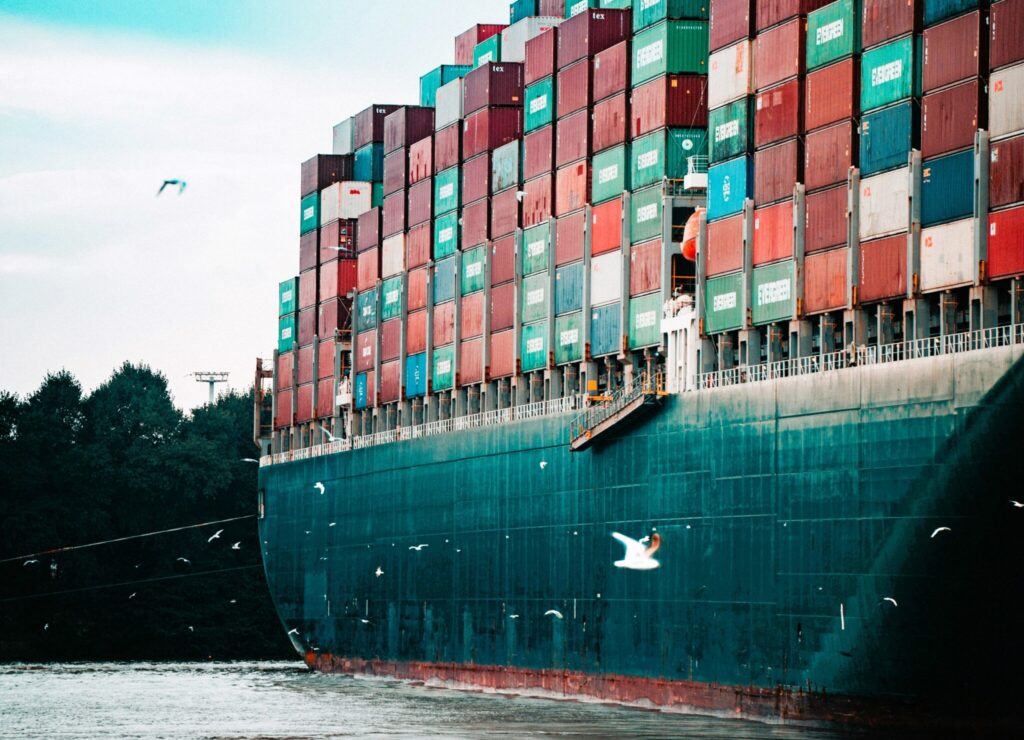If the last three years have taught us anything, it is to expect the unexpected. We don’t know where the next surge in demand, or supply disruption is coming from. We don’t know when the next geo-political event or natural disaster will happen. What we do know, is that they will happen sometime in the future. And we also know that companies with the tools and processes in place to respond will be in the best position.
Amid so much change, and so much competition, the need to evolve quickly and secure our supply chains is essential to ensure that our operations can withstand unexpected disruptions and changes in the marketplace.
But how can we move supply chain agility, resiliency and sustainability from boardroom talking points to operational realities?
New research from Oxford Economics explains how to get on the path to a risk-resilient and sustainable supply chain. Broken down, here are five truths to embrace when futureproofing your supply chain to minimize supply chain risk, maximize opportunities and ensure business continuity.
Resilience takes building
The ability to sense, identify or even predict changes in supply, demand and other market disruptions is just one side of becoming a risk-resilient supply chain. Having agile business processes in place to have the ability to respond to these changes is the other. This starts by mapping out your supply chain, leg by leg, to identify critical areas of inherent risk and create contingency plans to respond to threats.
Adopt sustainable practices
A company’s supply chain sits right in the middle of its sustainability initiatives, both as a major contributor to the footprint and social impact problem as well as a huge area of focus for those striving to meet company and regulatory ESG goals and enhance operational resilience.
As you try to reduce your carbon footprint and minimize scope one, two and three emissions, supply chains are a primary area to focus on. Regulatory bodies are increasingly homing in here too, with the recent plastics tax regulations in the UK and Spain being two high-profile examples.
While companies try and optimize the usage of the world’s natural resources and define their role in a circular economy, more elements of the supply chain are increasingly in the spotlight, with more taking steps like using renewable energy, reducing waste and ensuring ethical sourcing.
Technology is the friend indeed to your need
To futureproof your supply chain you need to improve visibility and increase the productivity and efficiency of processes, and technology has a huge part to play. The Internet of Things (IoT) has enabled a wealth of data to be generated from smart products and assets. Using tools such as machine learning algorithms to analyze this data, you can detect patterns and predict potential outcomes, risks and opportunities.
We are also seeing technology help address the well-documented labor shortages, as artificial intelligence and robotics can help augment the workforce in warehouses and factories around the globe, while data-driven tools and devices empower people within the supply chain to make more informed and timely decisions.
Identify and diversify sourcing strategies closer to home
Decades of focus on improving long, lean, low-cost (and largely offshore) supply chains has delivered many benefits – but it has also left companies defenseless against the extreme supply and demand shocks that followed.
The limits of geography have become evident in companies’ supply networks. Moving some supplier sources closer to home offers a way of reducing risk.
Nearshoring or onshoring can contribute to risk-resistant supply chains and lead to faster time-to-market, more effective planning cycles and greater flexibility in response to disruption. Proximate sourcing can enable greater control and more frequent site visits, fewer cultural barriers and better communication. Reductions in logistics costs and lead times can also bolster the balance sheet by freeing up working capital that is tied up in cash outlays to suppliers and inventory in transit.
Collaboration is key, so bring partners into the loop
Creating a more resilient and agile supply chain can also lie in your partner relationships. Companies should collaborate with their partners, including suppliers, logistics providers and customers, to share data, joint planning initiatives and coordinated risk management.
By implementing these strategies, companies can futureproof their supply chains, despite the unexpected, building a supply chain that’s ready for whatever comes next and better navigate the challenges and uncertainties of a rapidly changing business environment.
This is a sponsored article from SAP.




